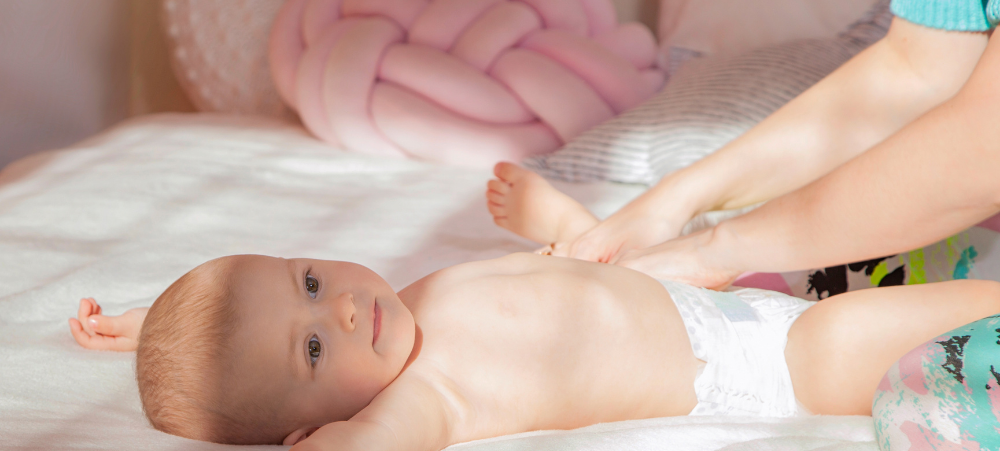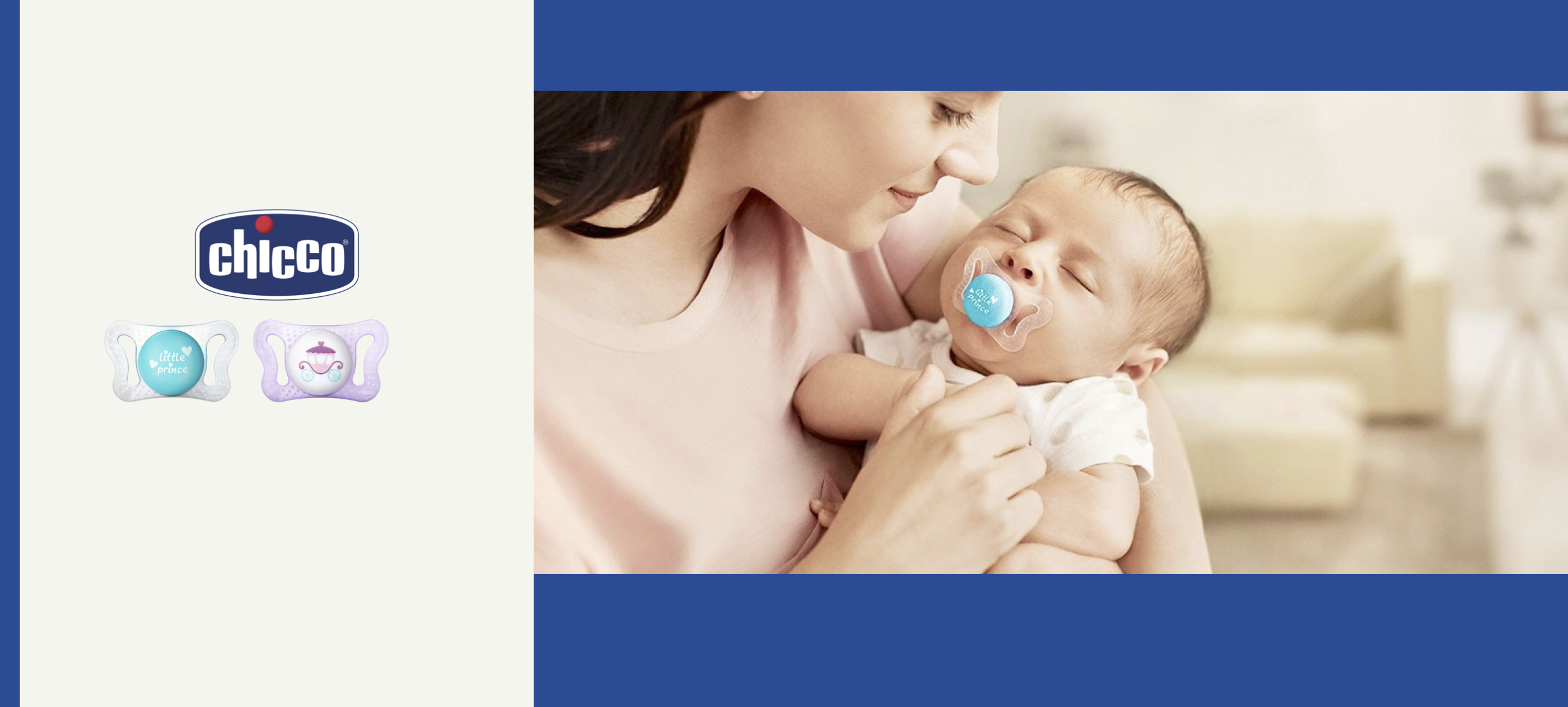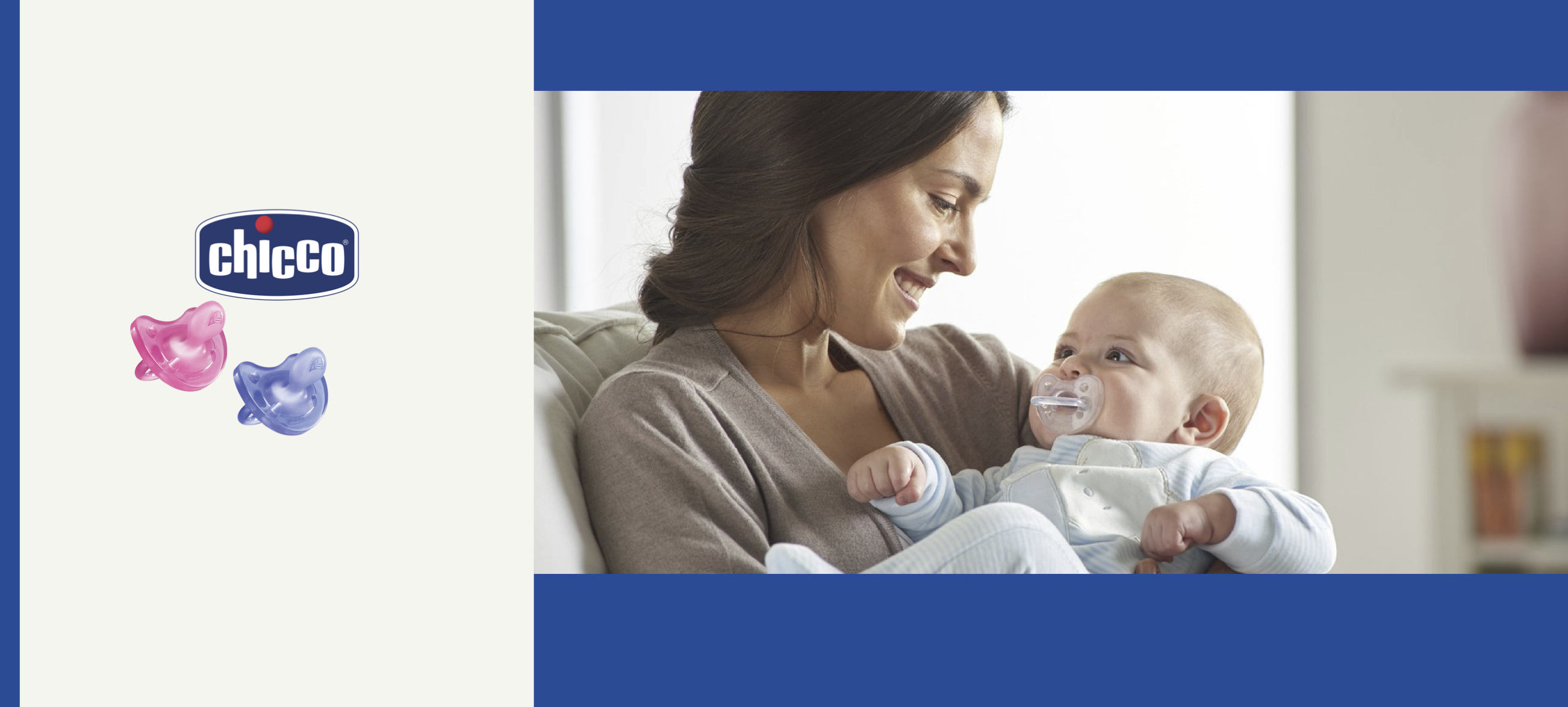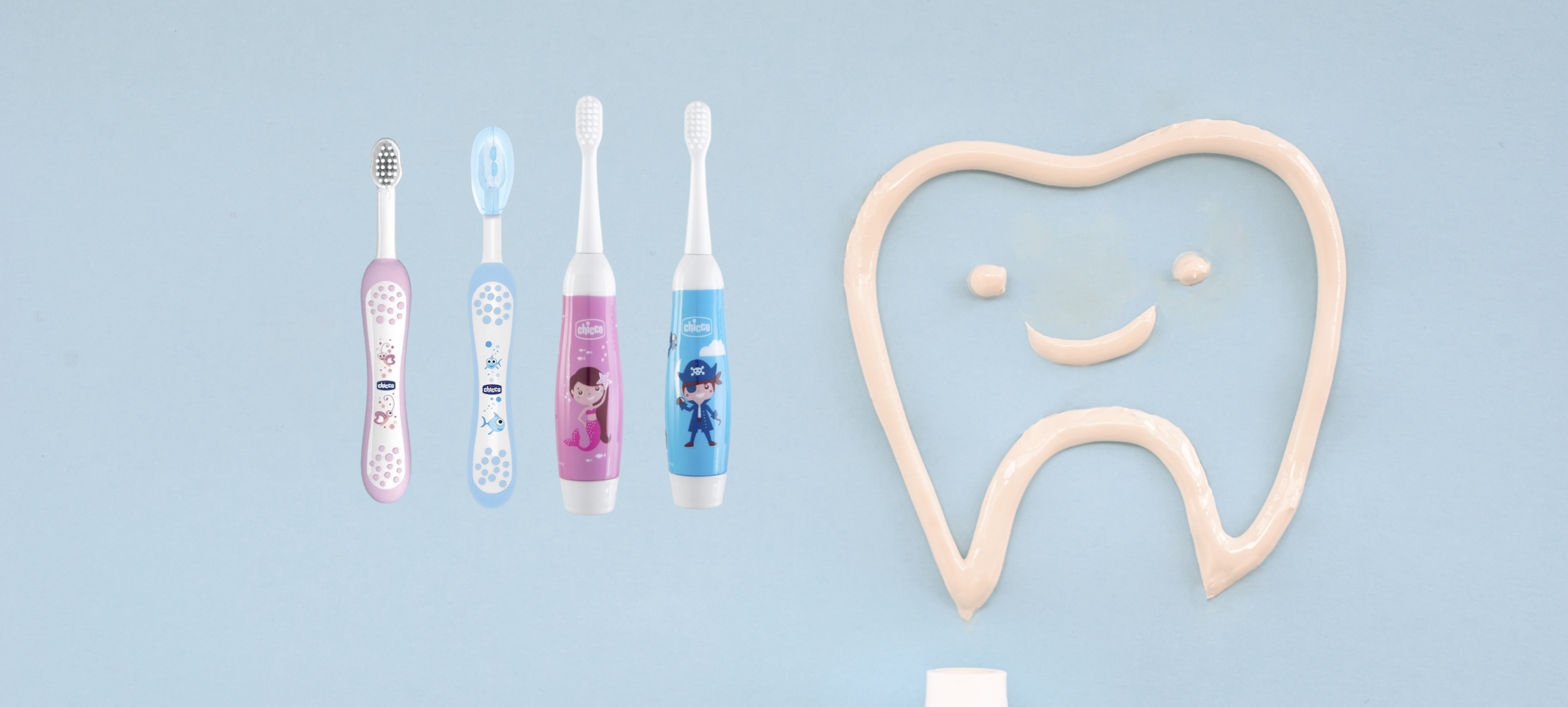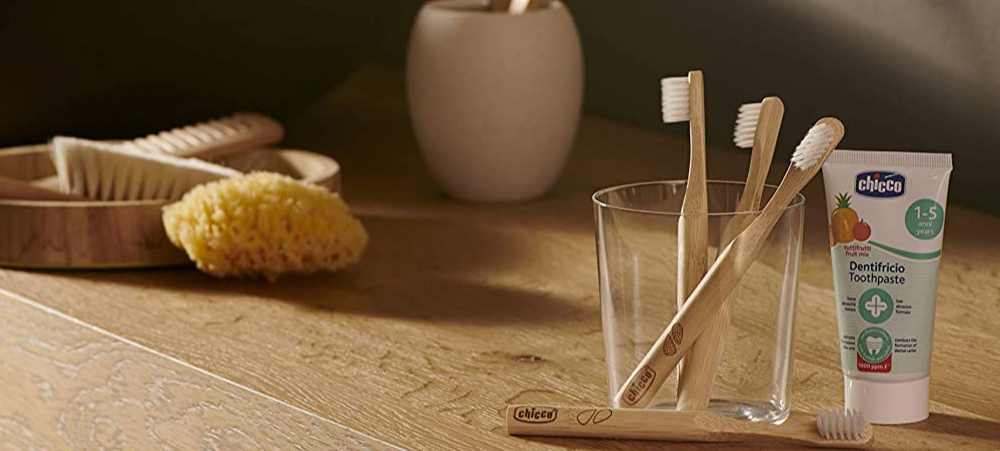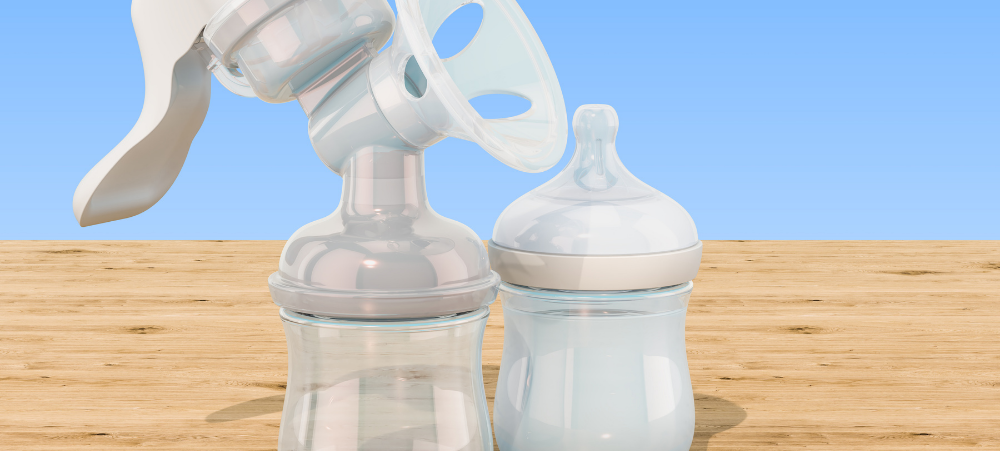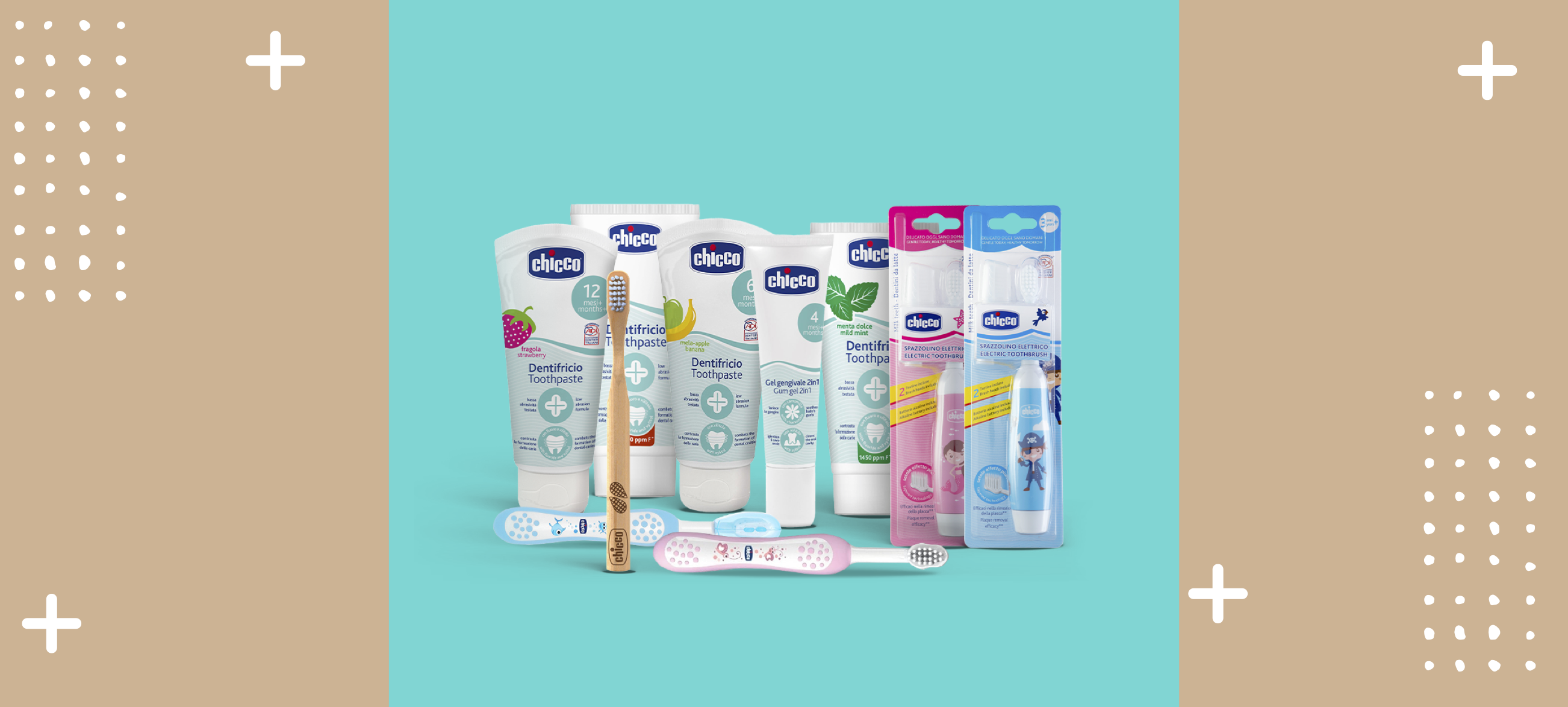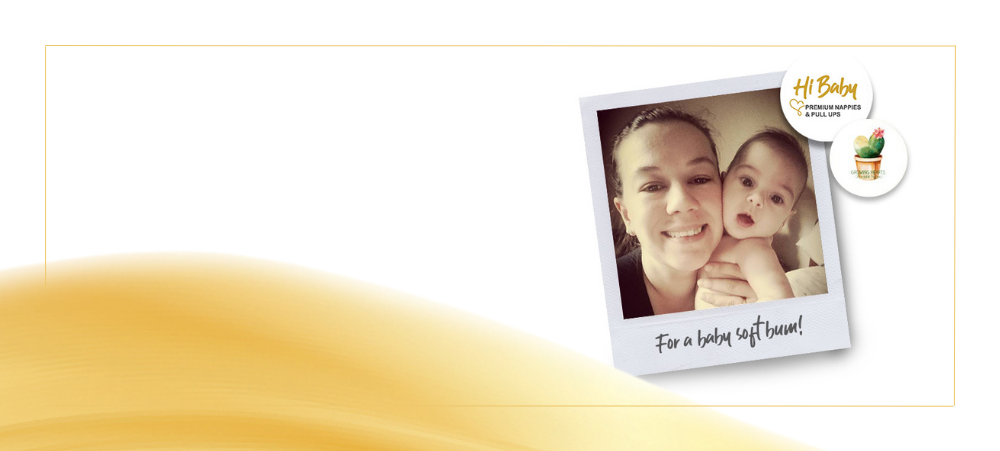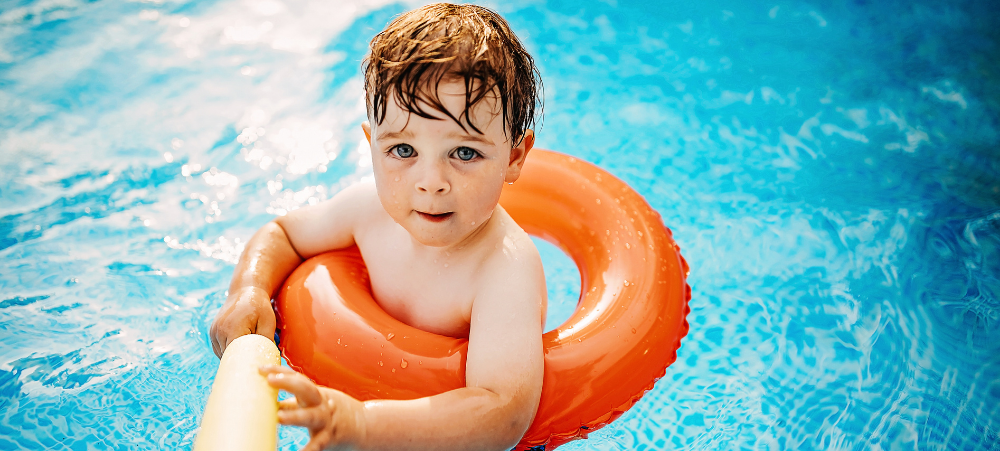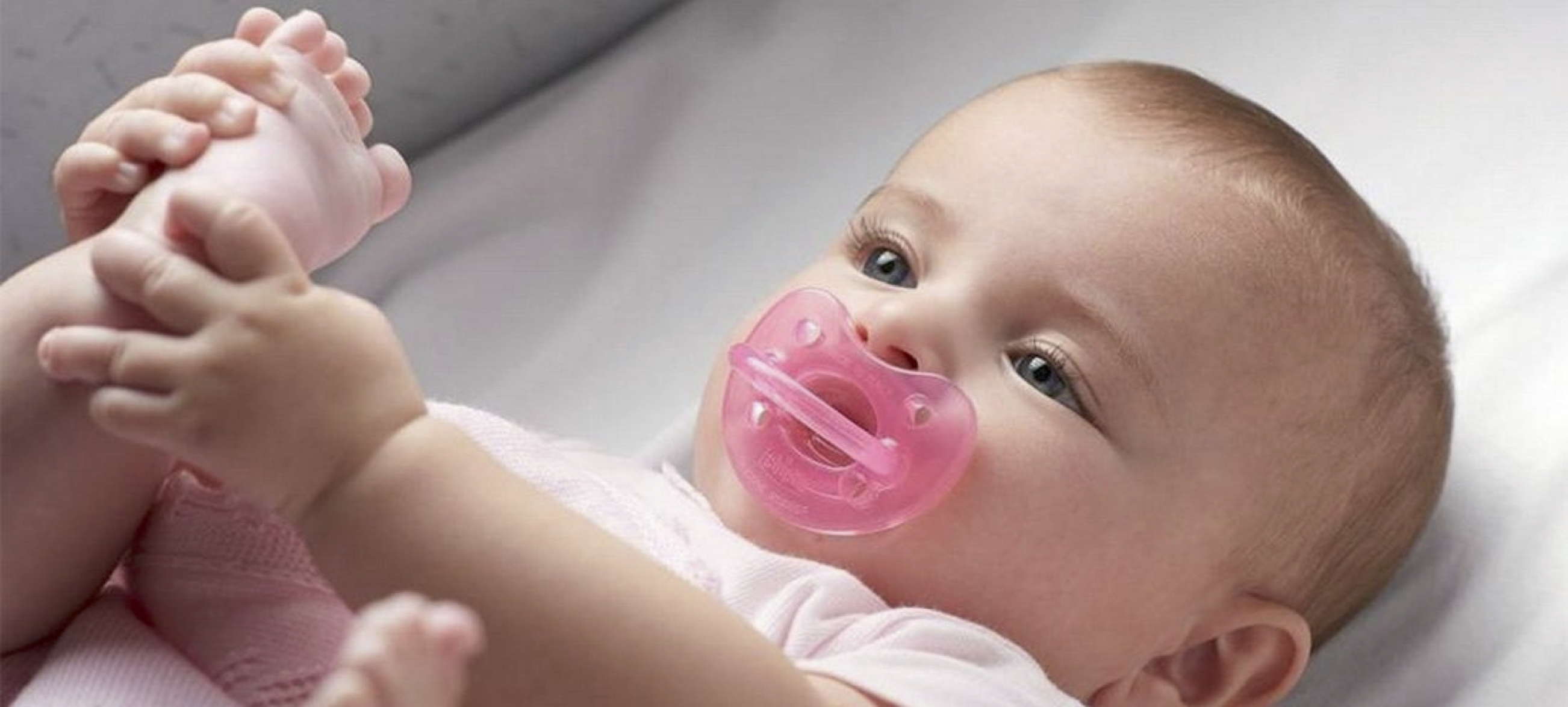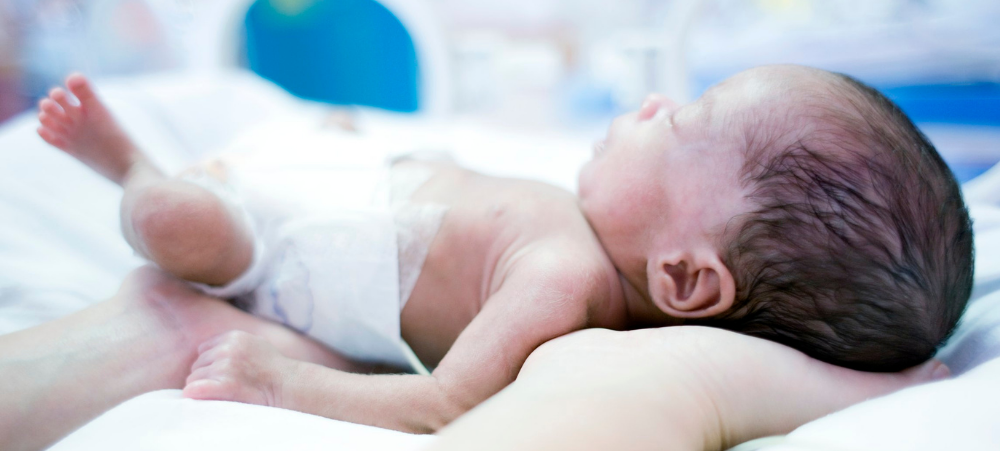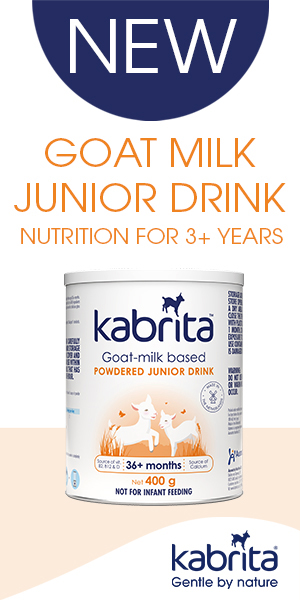
Sleep and Solids
As a sleep consultant, one thing I am aware of, is how desperate moms are to get their little ones to sleep. I have seen moms who constantly dose with pain medication in the hopes that their sleep disruptions are caused by teething, or who switch from breastfeeding to formula feeding because ‘surely their baby is hungry,’ and they have heard how formula digests slower. I have seen moms push their children in the pram to sleep multiple times during the day and night, and some who have spent a small fortune on paediatrician appointments because ‘certainly there must be something medically wrong with their baby. “Feed your baby to fill him up” is another commonly used practice that some mothers will resort to out of desperation. So, lets delve a little deeper into the relationship between sleep and solids and what we know as sleep consultants. 1. Can starting solids really help your baby sleep better and longer? The short answer is probably not. There was a study completed in 2010 that showed starting solids before the age of 4 months essentially caused sleep disruptions. Those babies slept on average an hour less per night than the babies who received milk exclusively. The American Academy of Pediatrics recommends starting solids at 6 months. Researchers have found that waiting to begin solids can protect babies from a whole host of complications, including food allergies and future obesity. Hoping that solids will help your baby to sleep better does make sense. A baby with a full tummy will not need to wake up to feed right? Which is true in a sense, except that as parents we forget that hunger is only one of the reasons a baby will wake up throughout the night. Often, we assume it is hunger and we use a feed to put our baby back to sleep. This seems to work every-single-time and by doing this we are reinforcing the idea in our mind that our baby is hungry. This may encourage you to begin with solids sooner rather than later. 2. How do I know if it is hunger affecting my baby’s sleep? Firstly, you can have a look at what is age appropriate for your baby at night. A 4-month-old could be waking for 1–3-night feeds, which drops to 1-2 feeds by 6 months and all feeds tend to fall away by the end of their 9th month. If your baby falls within this range, then there is nothing to be concerned about. If your 5 – 6 month old baby has always slept well, they are able to fall asleep independently in their cot without support from a milk feed, dummy or rocking and they begin to wake up more frequently, or they begin to wake up before midnight which is unusual for them, then hunger may well be the cause. Provided of course that they are also showing other signs of readiness. If your baby has never slept well and you were hoping that solids would solve your sleep problems, then rather first evaluate how your baby is falling asleep at bedtime and how much assistance they require from you during this process. You may want to embark on sleep coaching to establish independent sleep skills. This will usually have the biggest impact on their overall sleep. 3. Can solids cause poor sleep? Solid foods can be a bit of a “shock” to the gastrointestinal tract as it is still accustomed to digesting breastmilk or formula up to this point. Once solids are introduced, the GI system starts releasing new enzymes for digestion. The tummy is made for this, but with any new and drastic change, it can cause sleep disruptions for a few days. This may be attributed to an increase in gas, pooping and general tummy discomfort. Some babies are extremely sensitive to this, whereas some show no discomfort at all. Thus, the recommendation stands to introduce all new foods it the morning to prevent potential overnight sleep disruptions. If your baby has any sensitivities or reactions to the foods introduced, one can expect that their baby would sleep poorly. This poor sleep will be short lived and should resolve itself once the food is no longer offered or being digested. This would seldom be the cause of many days or months of poor sleep. Another less commonly discussed point to note, is that some babies prefer solids to their milk. Under the age of 12 months their milk is more important than any solids. Any solids given should be considered complementary to their milk intake. The shift occurs at 12 months where solids then take priority over their milk intake. If you find that your 6–9-month-old baby is taking in substantial amounts of solids in a short amount of time and their milk intake is decreasing as a result, this can attribute to new overnight awakenings. Offer any solid foods only after they have consumed their milk and ensure that your baby’s daily milk consumption is age appropriate. Unfortunately, when it comes to sleep there is no magic formula that will make a dramatic difference if your baby has never been a good sleeper. If your baby does not have the skills necessary to sleep, solids will not make much of a difference. Good quality sleep is determined by how much assistance your baby needs to fall asleep. If they are fed to sleep at bedtime then the chances of them requiring a night feed increases as that is the only way they know how to go back to sleep, its quite possible they are not hungry at all, you should then begin exploring ways to help them fall asleep that does not include feeding to sleep. Once you do embark on this exciting chapter in your parenting journey, make sure to follow sound guidelines. Invest in good quality food, spark their curiosity with flavours and keep their meal sizes age appropriate. By Tammy Buitendach – Good Night





